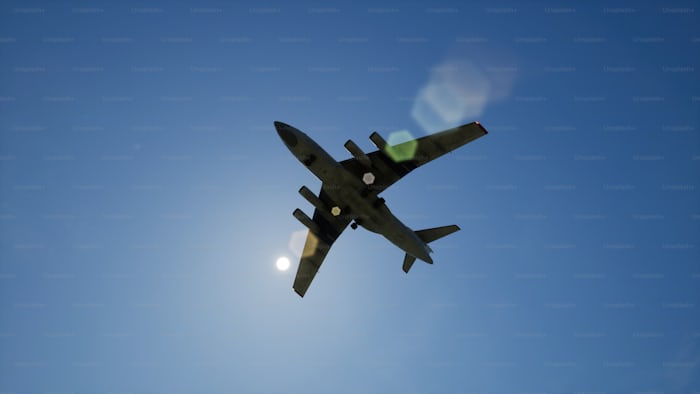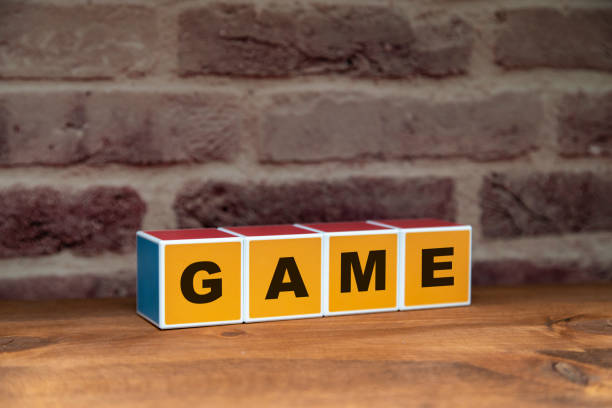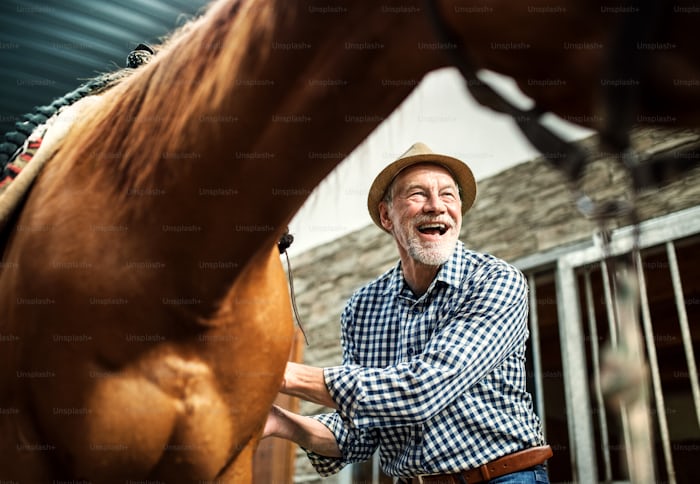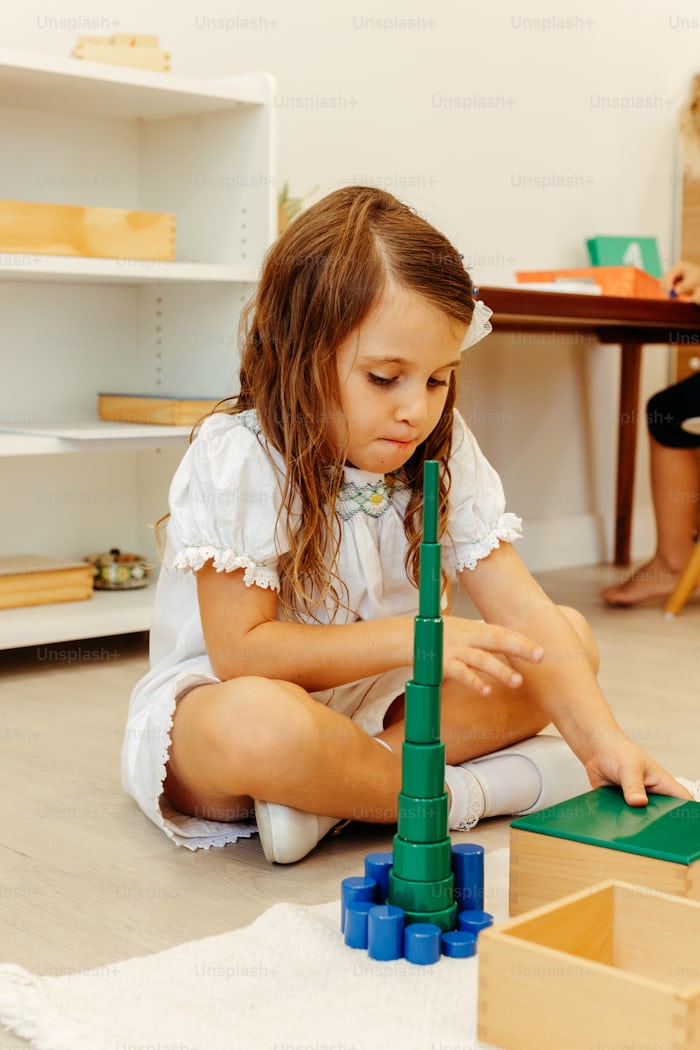Introduction
When you hear “balaclava,” you might think of winter sports or a mysterious figure from a heist movie. But the balaclava is far more than just a face-covering accessory. This versatile headwear has a rich history and various practical uses and has recently made its way into modern fashion trends. In this guide, we’ll delve into the origins of the balaclava, explore its many applications, and discuss how it has evolved into a fashion statement. By the end of this article, you’ll have a comprehensive understanding of the balaclava, whether you’re considering one for function, fashion, or both.
What is a Balaclava?
A balaclava, also known as a balaclava helmet or ski mask, is a form of headgear that covers the head, neck, and often the shoulders, leaving only part of the face exposed. Depending on the design, it can expose the eyes, mouth, nose, or an entire portion of the face. Traditionally made from wool, modern balaclavas are often crafted from various materials, including fleece, silk, synthetic polyester and spandex.
Historical Background
The balaclava‘s history dates back to the 19th century during the Crimean War (1853-1856) when British soldiers wore them to protect against the harsh cold of the Crimean winter. The name “balaclava” comes from the Battle of Balaclava, a significant engagement during the war. These early balaclavas were hand-knitted and served a purely functional purpose, providing warmth and protection in freezing temperatures.
Evolution Over Time
While the balaclava began as military attire, it has since evolved into a versatile garment with numerous applications. In the 20th century, balaclavas were adopted by skiers, mountaineers, and outdoor enthusiasts who required protection from extreme weather conditions. The design also found its way into various professional fields, such as firefighting, where flame-resistant versions are used.
Practical Uses of Balaclavas
Cold Weather Protection
One primary use of a balaclava is to protect against cold weather. The full-face coverage helps retain body heat, making it an essential gear for winter sports like skiing, snowboarding, and mountaineering. Balaclavas are also popular among cyclists and runners who brave the elements during colder months.
Tactical and Military Use
The balaclava remains a staple in military and tactical environments. Its ability to provide warmth while maintaining a low profile makes it ideal for soldiers and law enforcement officers operating in cold climates. Some versions are designed with flame-resistant materials, adding extra protection in hazardous situations.
Safety and Professional Use
Balaclavas are protective gear used in professional settings, such as firefighting, construction, and welding. Fire-resistant balaclavas made from materials like Nomex or Kevlar offer critical protection against flames and extreme heat, making them a standard issue for firefighters and industrial workers.
Fashion and Pop Culture
Interestingly, the balaclava has transcended its practical roots to become a fashion statement. In recent years, designers have incorporated the balaclava into their collections, and it has been spotted on runways and in street fashion. The piece’s versatility allows it to be styled in various ways, from minimalist looks to bold, statement-making outfits.
Modern Trends: Balaclavas in Fashion
High Fashion Adoption
The balaclava made a significant entry into high fashion when luxury brands like Gucci and Balenciaga featured them in their collections. Once purely practical, the item is now celebrated for its unique aesthetic. Designers have experimented with colours, materials, and patterns, turning the balaclava into a statement piece that challenges traditional notions of fashion.
Streetwear Influence
Beyond high fashion, the balaclava has found a home in streetwear. Often paired with oversized hoodies, jackets, and other urban staples, the balaclava adds an edgy, rebellious vibe to casual outfits. It’s become trendy in colder cities, where style-conscious individuals prioritize warmth and fashion.
Cultural Impact and Symbolism
The balaclava’s journey into mainstream fashion has been controversial. Its association with anonymity and sometimes criminal activity has led to mixed perceptions. However, this association has become a powerful symbol in protests and social movements, where anonymity is crucial.
Comparison with Competitor Content
Competitor Analysis
- Wikipedia (Balaclava – Clothing): The Wikipedia entry offers a broad overview of the balaclava, focusing mainly on its historical origins and primary uses. However, it needs more depth in modern applications, fashion trends, and detailed material analysis.
- Competitor 1 (Blog A): This blog provides information on the practical uses of balaclavas, particularly in outdoor activities. However, it doesn’t cover the fashion aspect or the balaclava’s modern cultural significance.
- Competitor 2 (Blog B): This competitor focuses on the balaclava’s tactical uses, particularly in military and law enforcement. While detailed, it overlooks the broader applications in fashion and other professional settings.
Why This Blog Is Better
This blog post offers a comprehensive view of the balaclava, covering its historical background, practical uses, and evolution into a fashion statement. Unlike the Wikipedia entry and other competitor content, this article delves into the balaclava’s modern trends and cultural significance, providing readers with a well-rounded understanding of this versatile garment. Additionally, the article includes a more in-depth look at the materials and design variations, something often overlooked in other sources.
Materials and Variations
Wool and Fleece Balaclavas
Traditional balaclavas were made from wool, a natural fibre known for warmth and durability. Modern versions often use fleece, a synthetic material that provides excellent insulation while being lightweight and breathable. Fleece balaclavas are famous among outdoor enthusiasts for their comfort and moisture-wicking properties.
Synthetic Balaclavas
Balaclavas made from synthetic materials like polyester, spandex, or Nomex are preferred for specific professional and tactical applications. These materials offer a combination of stretch, durability, and flame resistance in the case of Nomex. Synthetic balaclavas are often used in environments where protection against elements or hazards is critical.
Fashion Variations
Balaclavas come in various designs in the fashion world, from minimalist black versions to vibrant, patterned styles. Some are designed with additional features like zippers, drawstrings, or detachable sections, allowing for customization and versatility. These variations make the balaclava a dynamic accessory that can be adapted to different looks and occasions.
How to Choose the Right Balaclava

Purpose and Use
When selecting a balaclava, consider its intended use. For outdoor sports, look for options with moisture-wicking properties and sound insulation. If you need a balaclava for tactical or professional use, opt for materials that offer protection against specific hazards, such as flames or extreme cold.
Fit and Comfort
A balaclava should fit snugly without being too tight. Look for designs that offer a good balance between coverage and breathability. Many modern balaclavas come with ergonomic designs that conform to the shape of the head and face, providing both comfort and protection.
Style and Aesthetics
If you’re choosing a balaclava for fashion purposes, explore the range of styles available. Whether you prefer a classic, understated look or something more bold and eye-catching, a balaclava suits your taste.
Conclusion
The balaclava is much more than a simple piece of headwear. Its journey from the battlefields of the Crimean War to today’s fashion runways showcases its versatility and enduring appeal. The balaclava has something to offer whether you’re looking for warmth, protection, or a unique fashion statement. By understanding its history, uses, and modern trends, you can appreciate this iconic accessory’s full range of possibilities.
In conclusion, this guide has provided a detailed overview of the balaclava, making it clear why this clothing remains relevant across different fields and industries. Whether you’re a winter sports enthusiast, a professional needing protective gear, or a fashion-forward individual, the balaclava is an accessory worth considering.





